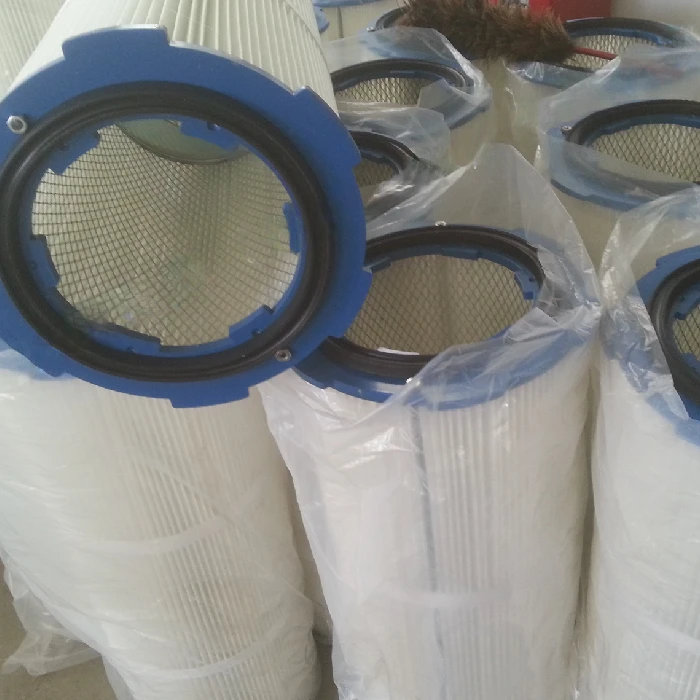Aug . 29, 2024 15:53 Back to list
Premium Tempered Glass Production | High-Quality Safety Glass Solutions
The Process of Tempered Glass Production
Tempered glass, also known as toughened glass, is a type of safety glass that has undergone a special thermal treatment to enhance its strength and durability. This engineering marvel is widely used in various applications, from automobile windows to shower doors and architectural facades. The production of tempered glass involves several critical steps, ensuring that the final product meets stringent safety and performance standards.
The first step in the tempered glass production process is the selection of raw materials. High-quality glass is essential, as impurities can weaken the final product. Typically, soda-lime glass is used, which consists of silica, sodium carbonate, and calcium oxide. Once the raw materials are sourced, they are melted in a furnace at temperatures exceeding 1,500 degrees Fahrenheit (about 800 degrees Celsius). This high-temperature environment helps to create a homogenous molten glass.
After the glass is melted, it is formed into sheets through a process called floating. In this stage, the molten glass is poured onto a bed of molten tin, where it spreads out and forms a flat, even sheet. This method not only guarantees a smooth surface finish but also provides uniform thickness, a requirement for effective tempering.
tempered glass production

Once the sheets of glass are formed, they are cut to the desired size and inspected for any defects such as bubbles or scratches. Quality control is crucial at this stage, as any imperfections can compromise the integrity of the tempered glass. The inspected sheets are then washed to remove any contaminants, improving adhesion during the tempering process.
The tempering process itself involves raising the glass sheets to a temperature between 1,200 and 1,300 degrees Fahrenheit (approximately 650 to 700 degrees Celsius) in a specialized furnace. This controlled heating process allows the glass to become pliable. Following this, the glass is rapidly cooled using high-velocity air jets, a technique known as quenching. This rapid cooling induces compressive stresses on the surface of the glass while placing tensile stresses in the center. As a result, tempered glass becomes significantly stronger than its non-tempered counterparts.
The final stage of tempered glass production involves additional quality checks and the possibility of further processing, such as drilling holes or laminating layers for specific applications. Once certified, the tempered glass is ready for distribution.
In summary, the production of tempered glass is a sophisticated process that combines high-temperature melting, floating, precise cutting, and advanced thermal treatment. With its enhanced strength and safety features, tempered glass has become an essential material in modern construction, automotive, and design industries, offering both functionality and aesthetic appeal.
-
Safety and Style with Premium Laminated Glass Solutions
NewsJun.24,2025
-
Reinvents Security with Premium Wired Glass
NewsJun.24,2025
-
Premium Float Glass Line for Modern Architecture
NewsJun.24,2025
-
Low Emissivity Glass for Energy-Efficient Architecture
NewsJun.24,2025
-
High-Performance Insulated Glass Solutions for Modern Architecture
NewsJun.24,2025
-
Elevates Interior Style with Premium Silver Mirror
NewsJun.24,2025
Related PRODUCTS














